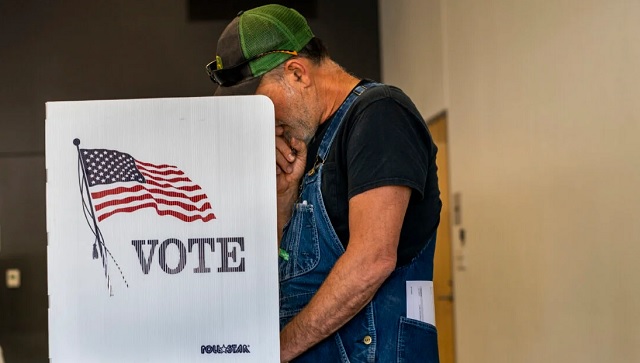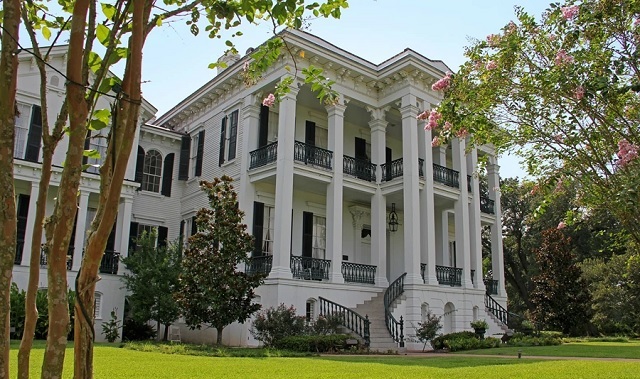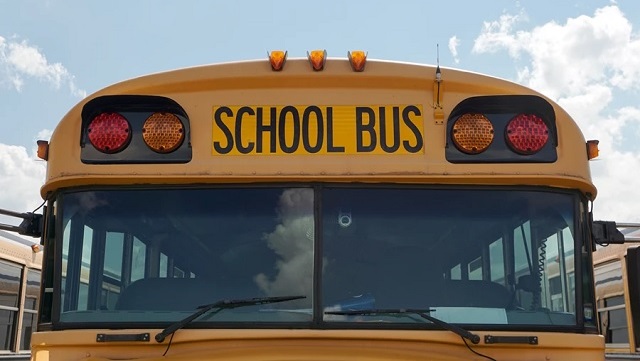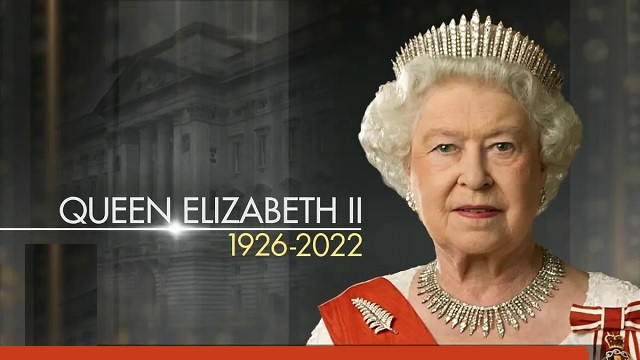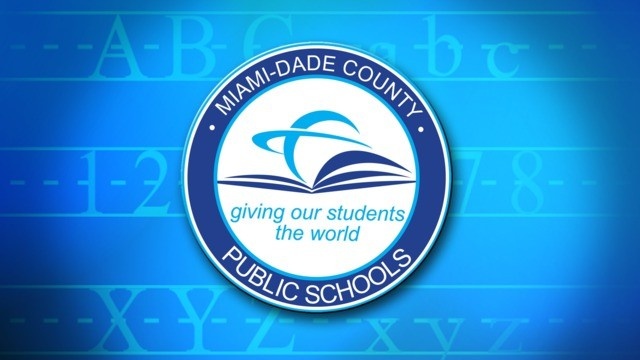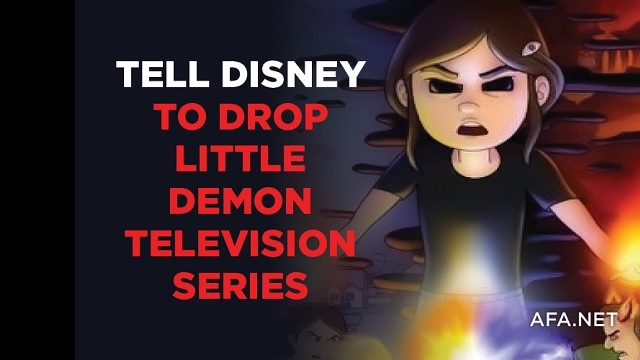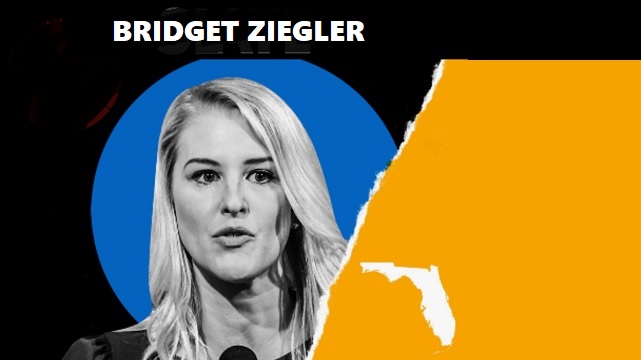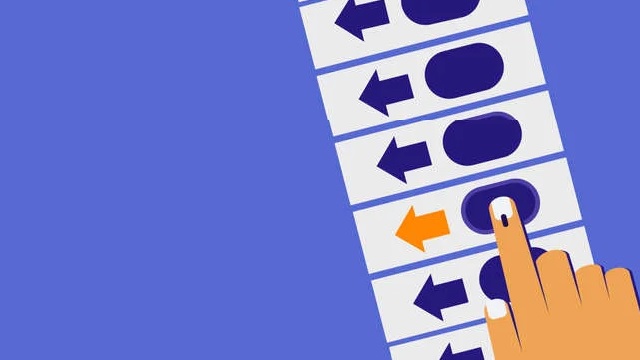Where Does Your State Rank in Education Freedom?

Florida ranks highest among the states in education freedom, while the District of Columbia trails behind all of them, according to a new “report card” from The Heritage Foundation.
The leading think tank’s 2022 Education Freedom Report Card, released Thursday, measures all 50 states and the District based on four broad categories: school choice, transparency, regulatory freedom, and spending. (The Daily Signal is Heritage’s multimedia news organization.)
Rounding out the top five states after Florida in overall education freedom are Arizona, Idaho, Indiana, and South Dakota.
The bottom five states, coming in just before the District in descending order, are Connecticut, Massachusetts, Maryland, New Jersey, and New York.
The authors write:
This report card sets a high bar for achieving and maintaining education freedom in the states. Our goal is that this annual ranking of states will not only inform parents and policymakers of what their states do well and where they need improvement, but that it will spur necessary and lasting reform.
The first of what will be a series of annual report cards from Heritage further divides categories into discrete factors that together determine the level of education freedom in each state.
Arizona ranks first in school choice as well as second in overall education freedom in Heritage’s analysis.
In July, Arizona Gov. Doug Ducey, a Republican, signed into law a bill extending education savings accounts to all K-12 students. Eligible students may use these accounts to pay for almost any schooling option—including private and charter school tuition as well as homeschooling expenses.
Florida and Indiana are among 13 states that also expanded existing school choice programs. Other states passed new school choice policies.
A Real Clear Opinion poll found in June that 71% of Americans surveyed, an all-time high, said they support school choice.
But simply giving parents the freedom to choose their child’s private school isn’t enough, the authors of Heritage’s report write:
Although education choice is critical for the future of education freedom in this country—and some would argue that it is the reform that catalyzes all other necessary reforms in K–12 education today—it is one of many factors we assess in this report card.
As Heritage Foundation President Kevin Roberts, a contributor to the Education Freedom Report Card, previously has written:
When COVID-era remote learning began in 2020, parents gained an unprecedented view inside their students’ classrooms and their counties’ school board meetings. What they saw—fraudulent, woke propaganda disguised as curricula; union-driven closures; punitive mask and vaccine mandates; and the Democratic Party’s crackdown on objections to any of the above—has changed the moral and political foundations on which our education system rests.
With Americans’ trust in the public school system dropping by over a third in the past two years, according to Gallup Poll tracking, academic transparency is another growing priority.
New York, New Jersey, Illinois, and Massachusetts are among states that Heritage’s report card ranks low in transparency as well as in overall education freedom. These states, it says, have failed to bar or limit the teaching of critical race theory to K-12 students.
Florida ranks first for academic transparency, followed by Montana and South Dakota.
In March, Florida Gov. Ron DeSantis, a Republican, signed into law a requirement that school districts share course materials and library books with parents.
“In Florida, our parents have every right to be involved in their child’s education. We are not going to let politicians deny parents the right to know what is being taught in our schools. I’m proud to sign this legislation that ensures curriculum transparency,” DeSantis said during a signing ceremony in March.
A month later, DeSantis signed another bill into law that bars Florida’s K-12 schools from teaching critical race theory, which views all interactions through the lens of race.
Florida ranks second for regulatory freedom, following Mississippi with its perfect score because of low barriers to teaching, no chief diversity officers in school districts, and no testing based on Common Core education standards.
Jay Greene, senior research fellow in The Heritage Foundation’s Center for Education Policy, has argued that chief diversity officers “may be best understood as political activists who articulate and enforce an ideological orthodoxy within school districts.”
Greene writes:
In recent decades, the role of parents in determining the education of children has increasingly been displaced by a professional class of experts. The fact that these experts have pushed schools through a revolving door of failed educational fads, from whole language reading instruction to open classrooms to Common Core, has done nothing to diminish their confidence. This time they have it right, we’re told, so parents just need to get on board and hand their students over.
Return on taxpayer investment in K-12 education also contributes to a state’s overall education freedom ranking on the report card.
The District of Columbia ranks among the lowest for return on investment. The nation’s capital spends more per pupil than any state, yet takes 48th place in students’ average reading scores.
Idaho ranks first place in return on investment, spending almost the least per student to get the greatest academic returns.
Below is a list of all 50 states plus the District of Columbia, ranked highest to lowest for overall education freedom, according to Heritage’s report card:
- Florida
- Arizona
- Idaho
- Indiana
- South Dakota
- Mississippi
- West Virginia
- Montana
- Louisiana
- Tennessee
- Utah
- Texas
- Arkansas
- Georgia
- North Carolina
- Alabama
- Missouri
- Oklahoma
- New Hampshire
- Virginia
- Wyoming
- Iowa
- South Carolina
- Vermont
- Nevada
- Maine
- Michigan
- Nebraska
- California
- Kentucky
- Delaware
- Wisconsin
- Colorado
- Ohio
- North Dakota
- Kansas
- Pennsylvania
- New Mexico
- Minnesota
- Oregon
- Hawaii
- Illinois
- Washington
- Rhode Island
- Alaska
- Connecticut
- Massachusetts
- Maryland
- New Jersey
- New York
- District of Columbia
AUTHOR
Gillian Richards
Gillian Richards is a journalism fellow at The Daily Signal. Twitter: @gn_richards
RELATED ARTICLE: Back To School: If You Can’t Change Your School, Do These 5 Things Instead
EDITORS NOTE: This FEE column is republished with permission. ©All rights reserved.

